Proton – Proton Collisions at High Energy
Physicist Frank Taylor on the Higgs boson, supersymmetry, and physics beyond the Standard Model
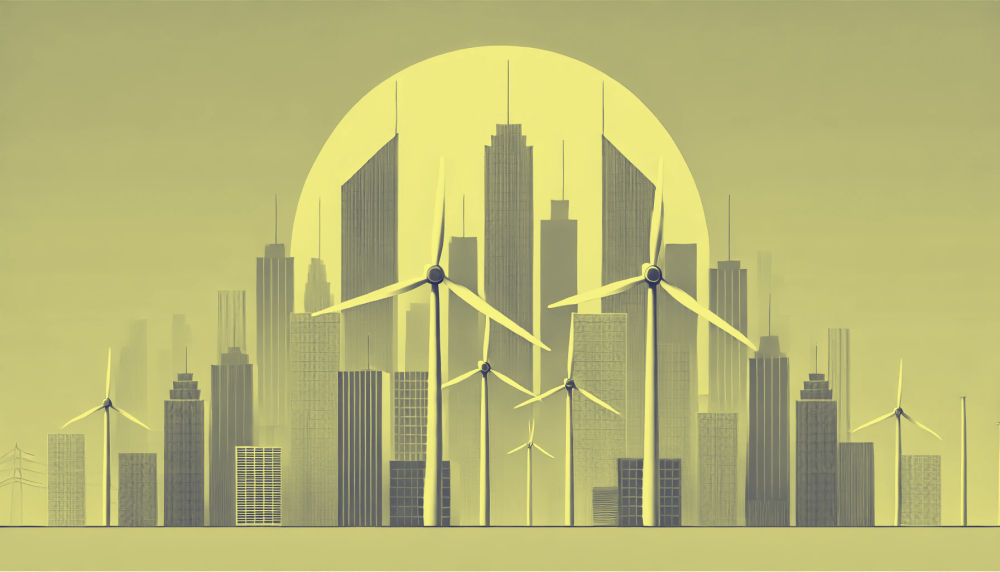
How do we generate electricity from wind? How much energy does a single wind turbine produce? Let’s explore the latest discoveries and promising advancements in materials science and how they contribute to the future of wind energy.
Alternative energy sources, like wind and solar, provide us with a continuous, renewable resource that doesn’t harm the environment or require extensive extraction, processing, or transportation. To capture wind energy, we use wind turbines.
A wind turbine, or a wind energy converter, transforms wind into mechanical energy, powering a generator to produce electricity. As wind flows around the blades, they spin, enabling the turbine to generate electricity from this renewable source.
Modern wind turbines with aerodynamic blades have a high efficiency, referred to as the power coefficient, which measures how much of the wind’s energy can be converted into electricity. According to Betz’s Law, the maximum theoretical efficiency of a wind turbine is 59%, and modern turbines reach efficiencies of about 50%. This equates to a “conversion efficiency” of over 84%, which is extremely high compared to other forms of energy generation. For example, steam turbines have efficiencies of around 30%, and gas turbines around 34%. A typical 3 MW wind turbine has a blade diameter of about 100 meters and is installed on towers of a similar height.
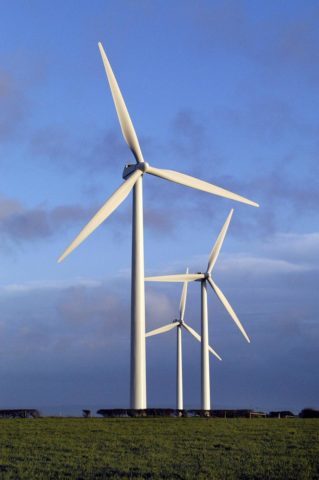
A crucial factor in a wind turbine’s performance is the “tip speed ratio,” which is the ratio of the blade tip speed to the wind speed. Studies have shown that turbines with a tip speed ratio of 6–7 operate most efficiently, and this ratio is typically achieved with three-blade designs. Single-blade and two-blade turbines also exist, but three blades offer the best balance of performance and stability.
In some systems, a gearbox converts the turbine’s slow rotation (e.g., 18–20 RPM) into a much faster rotation for the generator (around 1,000 RPM), optimizing both the turbine and generator. However, gearboxes can reduce overall efficiency, so newer turbines aim to eliminate them, relying on advances in power electronics and innovative generator designs.
One of the main challenges in increasing turbine efficiency is improving the design and materials of the blades. In the early days of wind energy, blades were made from wood or metal, which were rigid and limited the turbine’s ability to convert wind energy efficiently. Over time, new materials like polymers, fibreglass, and composites were introduced, making blades more flexible, durable, and smoother to maximize efficiency.
Today, with the advent of 3D modeling and computer simulations, blade production is becoming more automated and precise. This not only improves the consistency of the blades but also reduces the need for balancing and fine-tuning, creating a more efficient and cost-effective process.
When installing wind turbines, it’s crucial to consider the local climate, especially for operations in extreme conditions like the Arctic. Challenges such as ice buildup on the blades, gusty winds, and permafrost require specialized technologies. For instance, turbines in these regions may need to be designed to withstand harsher weather or may be temporarily shut down during extreme conditions to avoid damage.
High wind speeds can also cause fluctuations in energy production, affecting the quality of electricity. To mitigate this, modern wind farms use systems that stabilize the voltage and frequency of the electricity, ensuring it meets grid standards. These “full conversion” systems convert the variable energy from the turbine into a stable form of power.
A small wind turbine with a 6-meter blade diameter can generate 2 kW of power. A typical home requires around 10 kW of power, but not all devices run simultaneously, so a 10 kW wind turbine, with an average wind speed of 5 meters per second, can provide enough energy for a private home. Energy storage systems, such as batteries, are essential to store excess power when the wind isn’t blowing.
Wind turbines are grouped into wind farms for large-scale power needs, which can generate hundreds of megawatts—enough to power entire cities.
The efficiency of a wind turbine is closely tied to the average wind speed in the area. For a wind turbine to operate effectively, the wind speed should be at least 4.5–5 meters per second. In low-wind areas, turbines would be idle much of the time, making them less economical. Another key factor is the diameter of the turbine’s blades, which determines the potential energy output. A wind speed of 10 meters per second generates about 300 watts per square meter of blade area, meaning a 20-meter blade diameter is needed to produce 3 kW of power.
Energy storage and backup systems are critical to maintaining a reliable power supply for grid-scale wind farms. During periods of low wind, energy from other sources must be available. Large-scale storage systems, like pumped hydro storage, account for about 92% of the energy storage market. In this system, excess electricity is used to pump water into a reservoir, which can then generate electricity when needed.
Other storage technologies include compressed air energy storage, which uses surplus wind energy to compress air into underground caverns. When energy demand is high, this compressed air is released to drive a turbine. Supercapacitors and superconducting energy storage systems are also being explored for future applications.
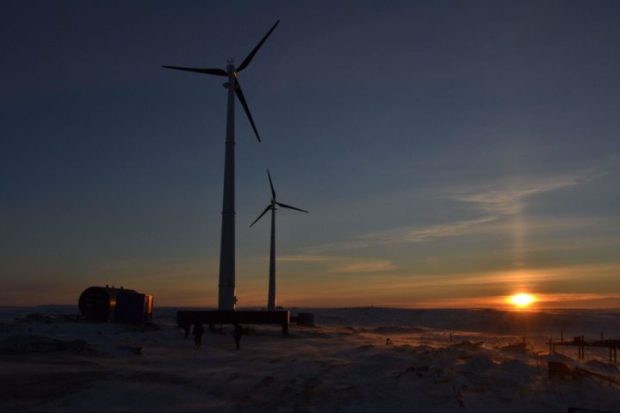
Wind energy’s most significant advantage is its reliance on an abundant, free resource—wind. It’s also an environmentally friendly energy source with minimal pollution. While the initial investment in wind turbines can be high, the long-term benefits, including distributed generation and increased energy security, make it a promising solution. Even if a single turbine fails, the impact on the power grid is minimal compared to traditional centralized power plants.
Though wind is a low-density resource, materials and turbine design advancements are making it more viable for widespread use. Globally, the installed capacity of wind farms exceeds 500 gigawatts, and annual growth is expected to continue at 10–15%.
Wind energy is poised to become an even more significant part of our energy landscape, helping cities meet their growing electricity needs while reducing their environmental footprint.

Physicist Frank Taylor on the Higgs boson, supersymmetry, and physics beyond the Standard Model
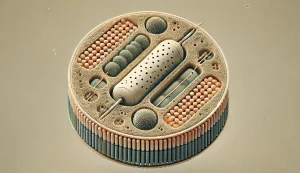
Biotechnologist Ioannis Ieropoulos on microbial fuel cells, waste treatment, and the ‘Pee-Power’ urinal
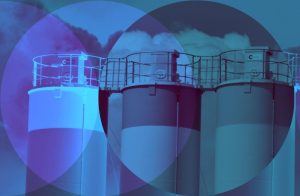
Why the Fourth Industrial Revolution threatens to become a new colonial order